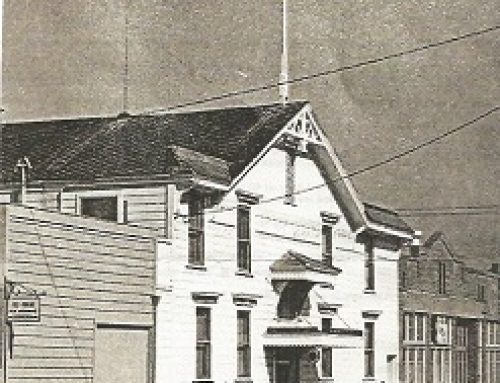Guest Blog by Jack Withington
In the 1950’s, the local poultry industry consisted of primarily of Mom and Pop operations. Farming was the mainstay of the local economy, with most of the supporting businesses usually locally owned and operated. Poultry sales contributed over $31,000,000 to the economy of 1950 Sonoma County while egg sales totaled $19,000,000. The area supported 53 hatcheries, 34 poultry dealers, and 103 firms engaged in the sale of hay, grain, and seed (feed mills included) nearly all locally owned and operated and employing locals.
Meat bird or fryers and egg production operations were usually conducted on separate farms. Meat birds were raised for a prescribed time period and then sent to market while egg laying birds were kept on the farm until they did not produce enough eggs to pay for their keep. They were then culled from the flock and sent to market. Poultry farming or raising was a seven day per week endeavor with recreation times worked into the feeding, egg gathering or processing schedules. The farmers could not go anywhere or do anything, without keeping in mind there were always chores waiting at home and that fact was constant. Profit margins were thin and through proper ranch management, a small farmer could support a family with a few thousand fryers or hens, a large garden and keeping outside costs in check.
Chickens raised in cramped quarters were susceptible to avian diseases such as but not limited to Newcastle, Coccidosis, Coryza, Leukosis. When a bird or flock exhibited signs of illness, the farmer, through years of experience could diagnose the problem, or take the bird to the Laboratory Technician, Joseph Perrelli-Minetti, at State of California Poultry Pathology Laboratory located near McNear Park or the Chicken Pharmacy on Main Street to consult with the proprietors, Dr. D.E. Davis or Dr. William Dungan.
After many years of successful farming, local farmers realized that slowly, over time, they could not meet production costs, they could not pay the feed bill, the utility bill, the hardware store bill, or their other bills as well, something was wrong. They had survived the fluxuating, ups and downs, of the San Francisco wholesale poultry market for years. Now, they were falling deeper in debt. Many did not have a financial cushion to fall back on.
At the time, there wasn’t what is now called the Information Highway. Today some news worthy development happens on the east coast and, in no time, the news is available on the west coast. Ranch foreclosures became common, for a while, financially stronger bought out weaker farmers. Feed mills, owed large amounts money assumed management and ownership of local farms. Families were forced off their properties resulting in more than one suicide.
There were no villains in this story, the main reason; something called Integration ……Vertical Integration. In this case agribusiness on the east coast and in southern states, owned the complete operation from hatching, raising, processing, and marketing the birds, they could ship to the west coast and sell their product at a lower cost than the local farmers could. First to go out of business were the meat bird producers followed in a few years by the egg ranchers. The slow devastating plight of meat bird producers past in relative silence, there was no such phenomena has Farm Aid. No charity events of any kind.
The farmers, who were able, found employment in other fields such as plumbers, carpenters, electricians, or joined the ranks of the civil service and commuted to the shipyards at Mare Island and Hunter’s Point, or the Presidio of San Francisco or the Naval Air Station at Alameda. They did what they had to survive.

